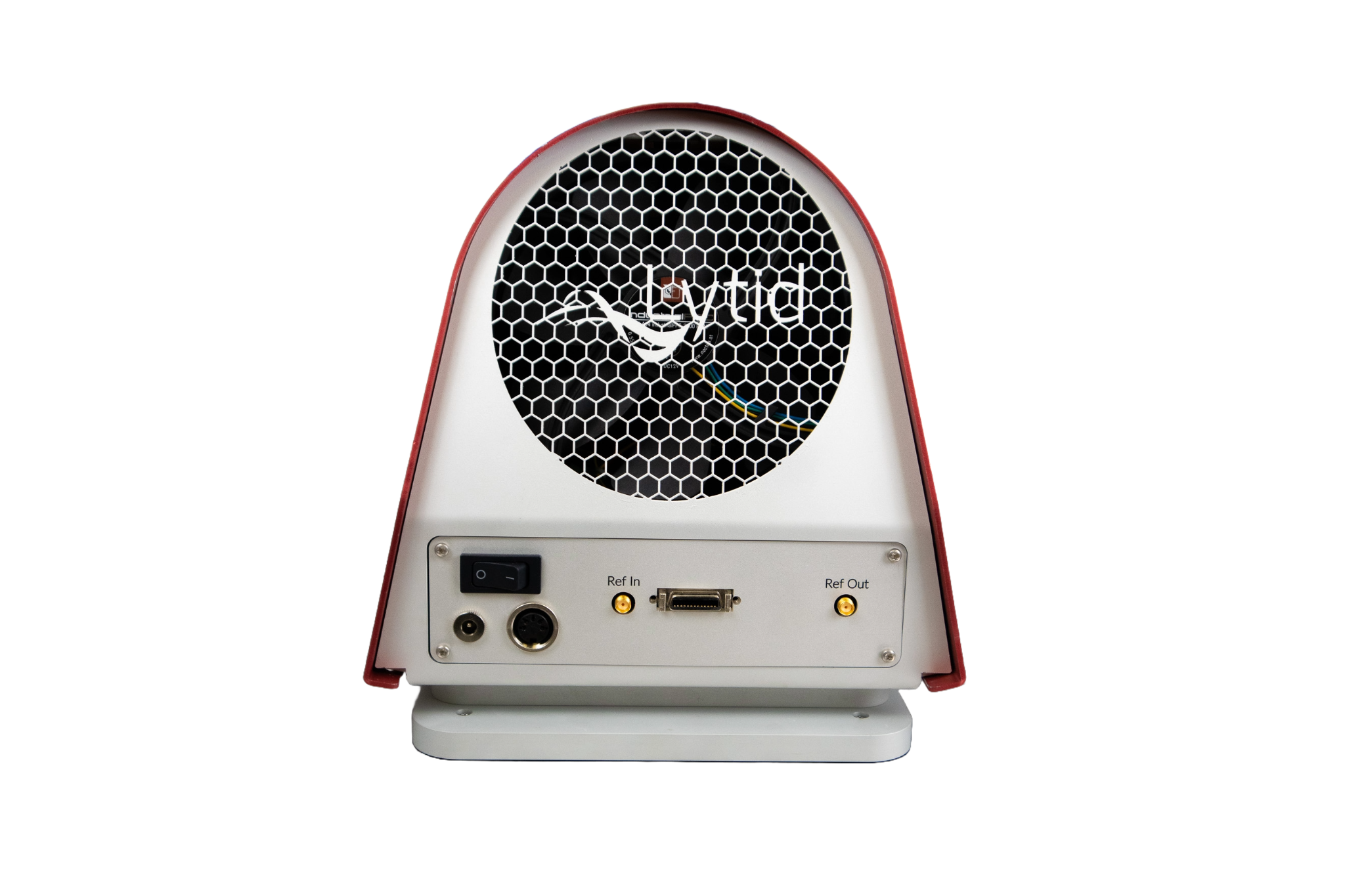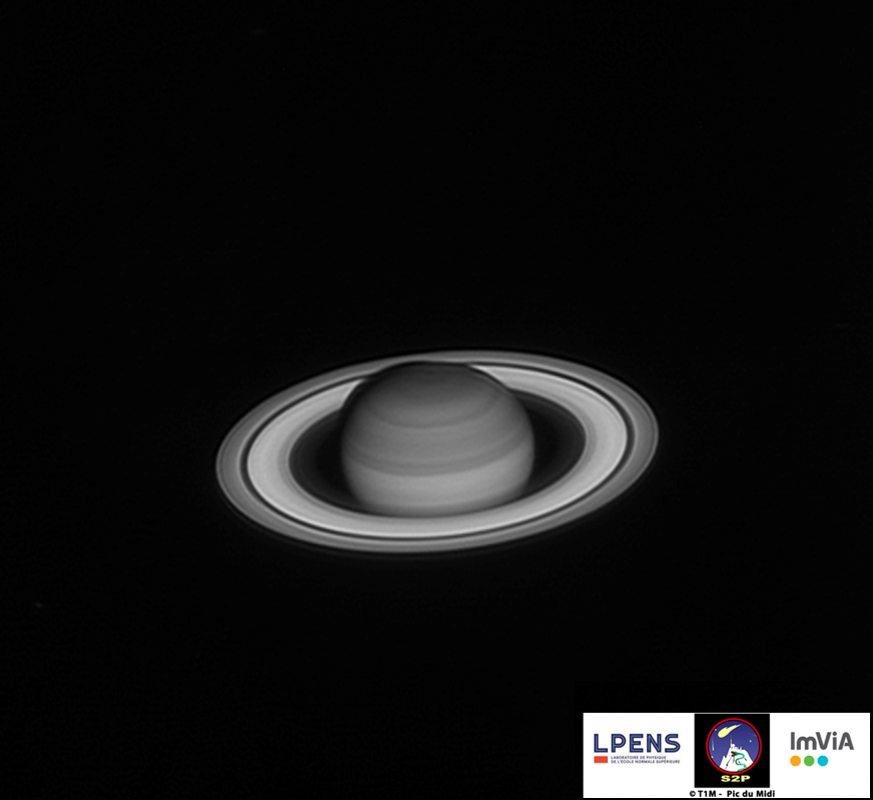SIRIS
Short-wave InfraRed Imaging System
Scientific SWIR camera based on InGaAs sensor technology
HIGHEST dynamic range and LOWEST read out noise EVER achieved
> 640 x 512 pixels
> 0.9 to 1.7 micron
> Vibration & cryogenic-free cooler (77K)
SIRIS is the most versatile SWIR camera on the market, providing high speed with ultra-low noise performances.
Low Read-Out-Noise
< 5 e-
Large dynamic
> 140 dB
High speed
200 fps full-frame
Dual-mode sensor
linear & lin/log
Full specifications inside the brochure
Ask for a quote
An entire world of applications
And a lot more
Semiconductor analysis
Medical imaging
Hyper-spectral imaging





